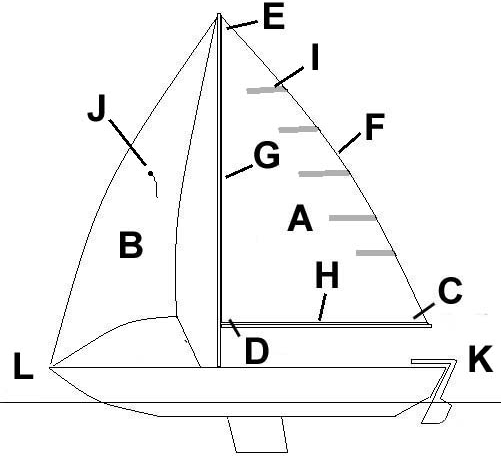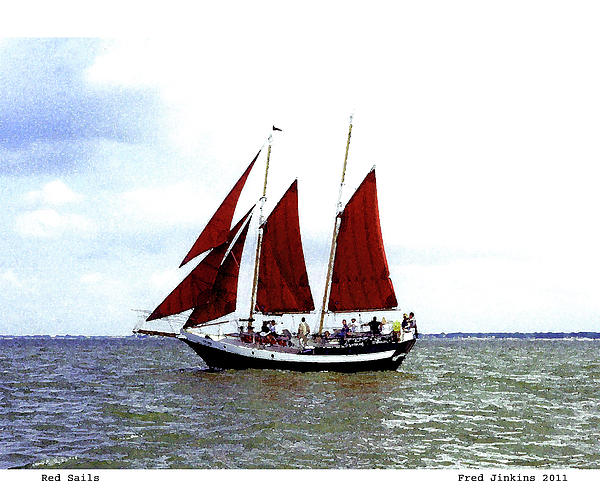Sails
A sail is a two-dimensional surface, typically made of fabric and supported by a mast, whose purpose to propel a sailing vessel. Occasionally sails may also be found on land vehicles.The earliest known depictions of sails are from ancient Egypt around 3200 BCE,[1][2] where reed boats sailed upstream against the River Nile's current. Ancient Sumerians used square rigged sailing boats at about the same time, and it is believed they established sea trading routes as far away as the Indus valley. The proto-Austronesian words for sail, lay(r), and other rigging parts date to about 3000 BCE when this group began their Pacific expansion.[3] Greeks and Phoenicians began trading by ship by around they dominated in the ancient Mediterranean and spread to Northern Europe, and were independently invented in China and Ecuador. Although fore-and-aft rigs have become more popular on modern yachts, square sails continued to power full-rigged ships through the Age of Sail and to the present day. Triangular fore-and-aft rigs were invented in the Mediterranean as single yarded lateen sails and independently in the Pacific as the more efficient bi sparred crab claw sail,[4][5] and continue to be used throughout the world. During the 16th-19th centuries other fore-and-aft sails were developed in Europe, such as the spritsail, gaff rig, jib/genoa/staysail, and Bermuda rig, improving uropean upwind sailing ability.In an interesting recent development, an elderly trawler, TS Pelican, was fitted with what are thought to have been the unorthodox riggings used by the Barbary pirates in the 16th century.
















No comments:
Post a Comment